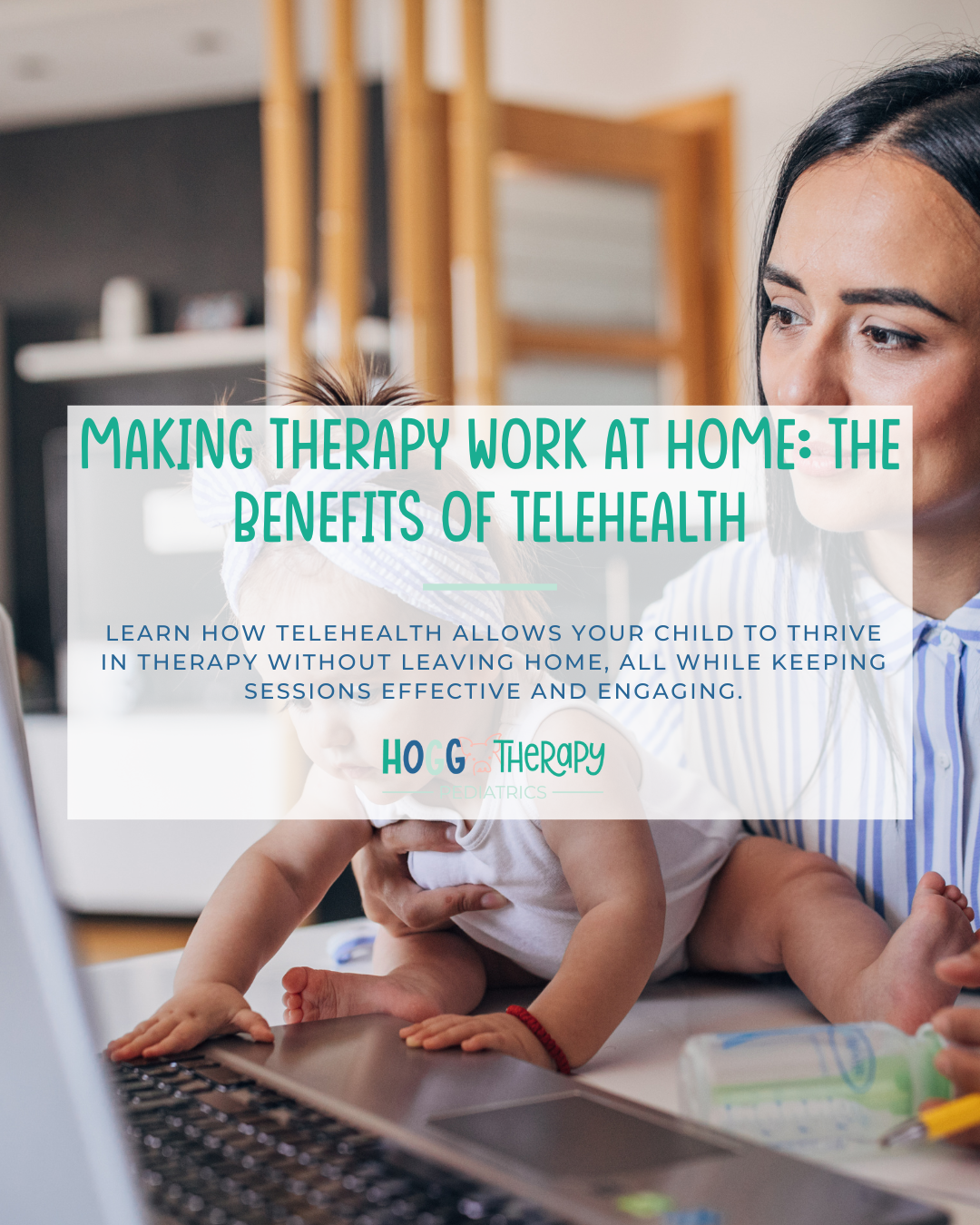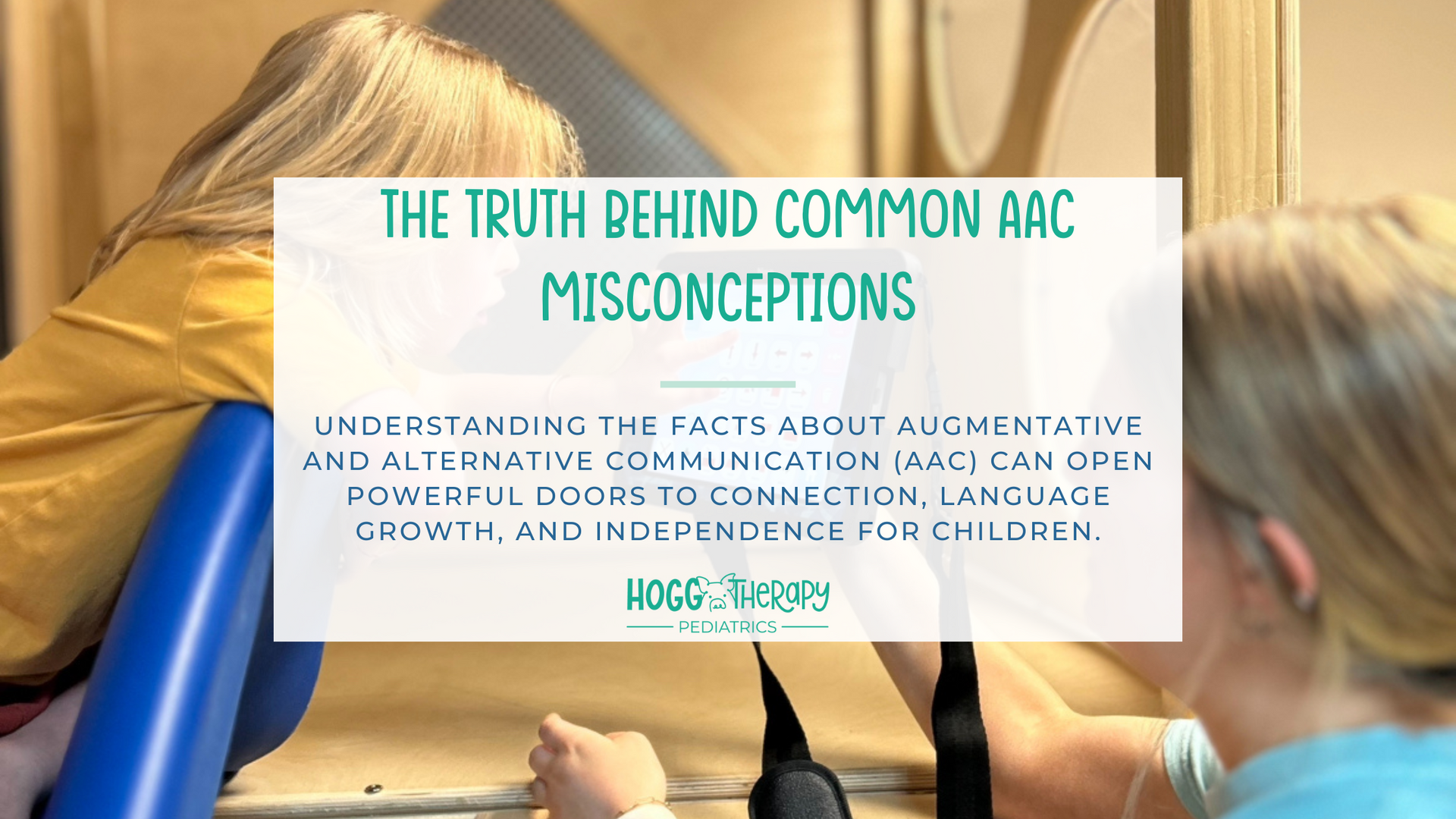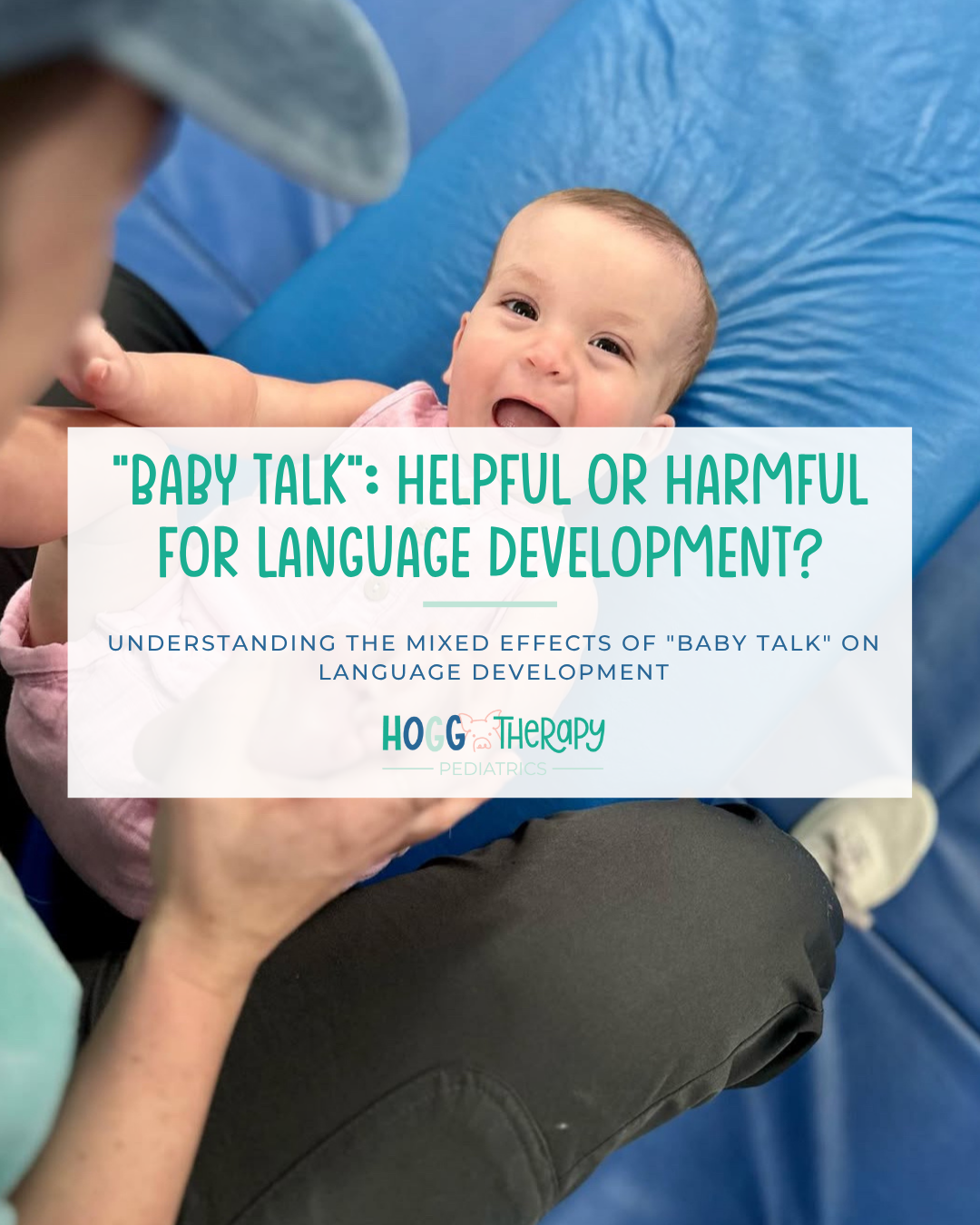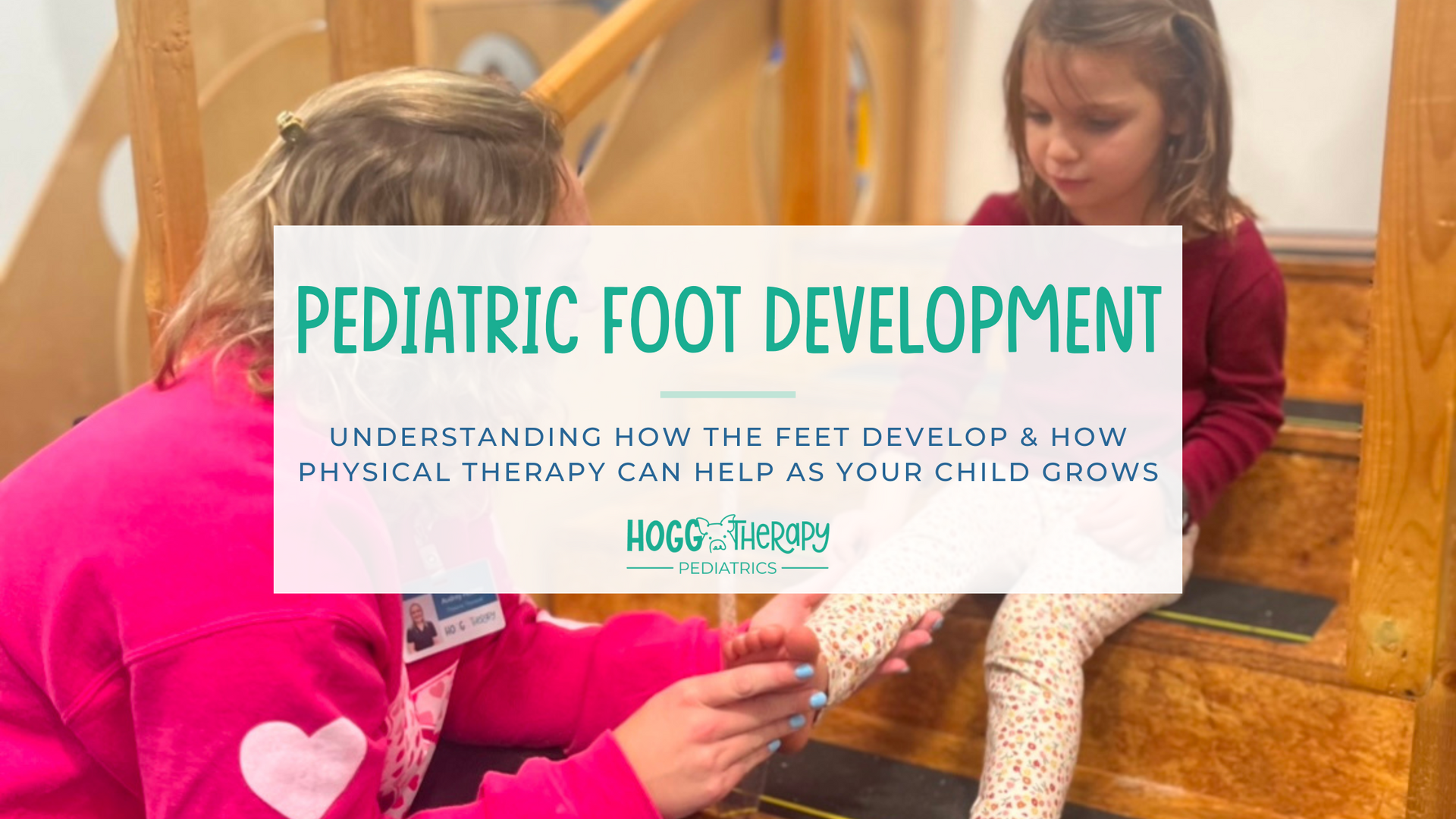Adaptive Equipment: What it is and How it Can Help Your Child
By: Jacob Roberts

“What is adaptive equipment?” This is probably the first and most common question I get from parents and caregivers after I recommend or inquire about different pieces of equipment. Adaptive Equipment is anything that is used to provide extra support and assistance to your child in the areas that they need to improve their positioning or a functional skill. If your child has a stander, gait trainer, or activity chair; you are already effectively using adaptive equipment.
There are many reasons why your occupational or physical therapist may recommend your child receive a piece of adaptive equipment. Adaptive equipment is considered supplemental to the therapy that your child already does.
This equipment can help your child meet their therapy goals faster. During your session, your therapist is looking at your whole child, especially at areas where support might be needed. The equipment you are recommended will primarily be used at home to promote continued development of skills worked on in your child's therapy sessions. Adaptive equipment will also allow for extended use and participation of a specific skill or activity while decreasing how much assistance you as the parent/caregiver might need to provide.
Here are examples of some adaptive equipment that your child’s therapist might recommend:
Standers
Standers are used to place a child in an upright, standing position while supported in a safe environment. Standers allow for the child to increase their ability to bear weight through their legs, gain strength, and even start to work on their balance skills.
Gait Trainers
Gait trainers are used to support a child in a standing position while also giving the child the ability to propel themselves forward while they are learning how to take independent steps.
Activity Chairs
Activity Chairs are primarily used to place a child in a safe and supported sitting position in order to allow for better focus on feeding and other fine motor activities. These chairs provide all the sensory and physical support a child might need to encourage full participation in their activity.
While the above pieces of equipment are the most common that the therapist at HTP recommend, there are several other options that your child may require. Please ask your child’s therapist about different pieces of equipment and your concerns regarding the need for them.

















































































































